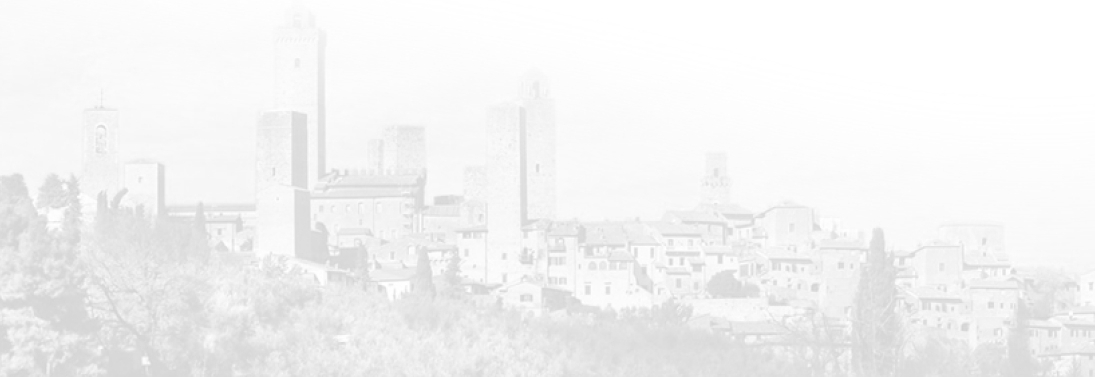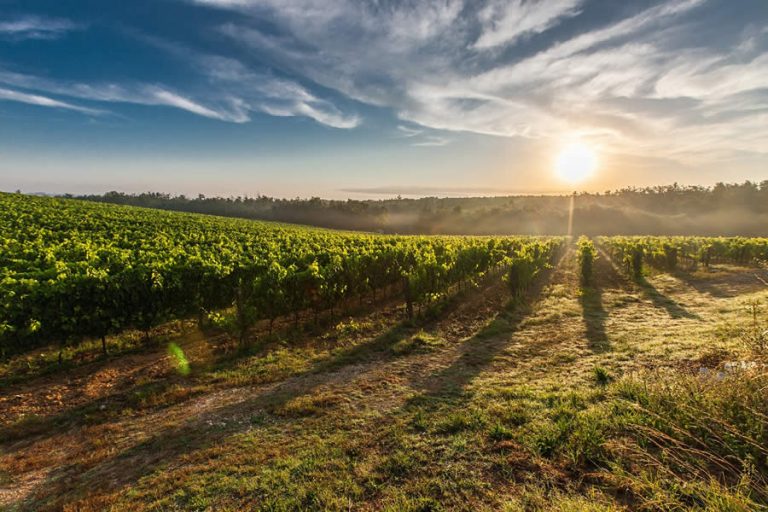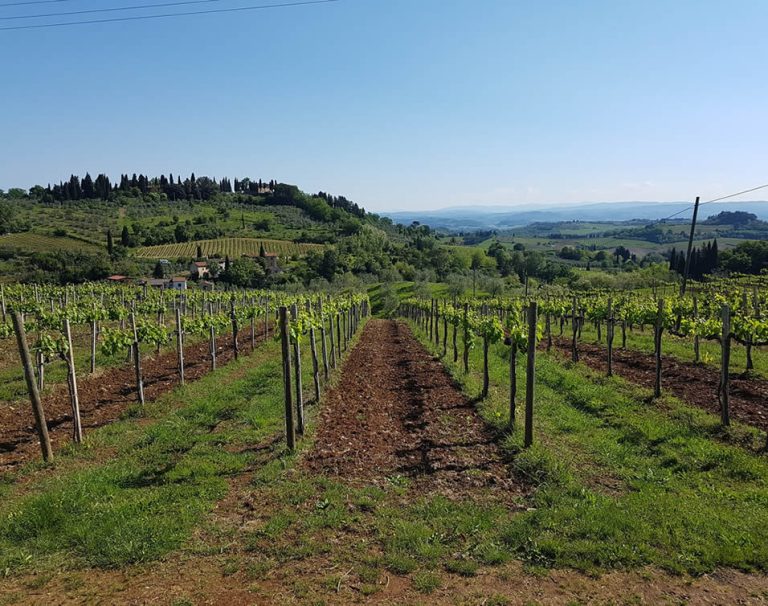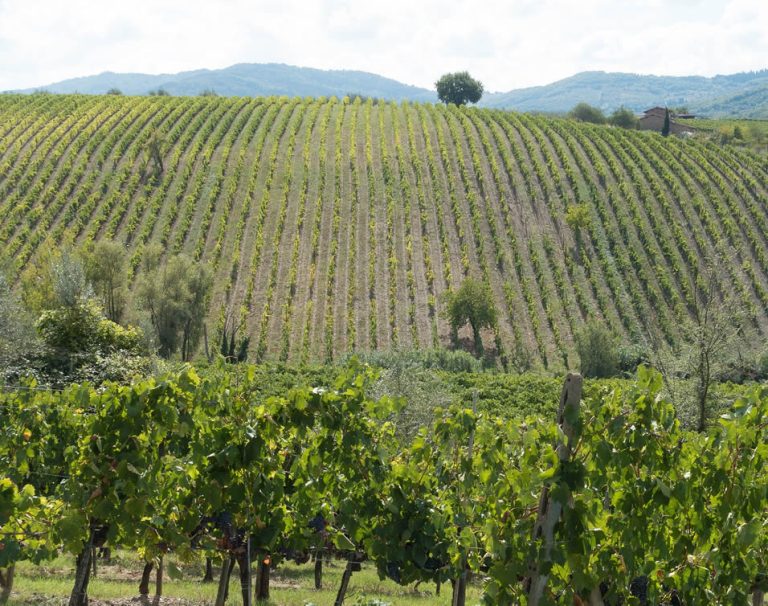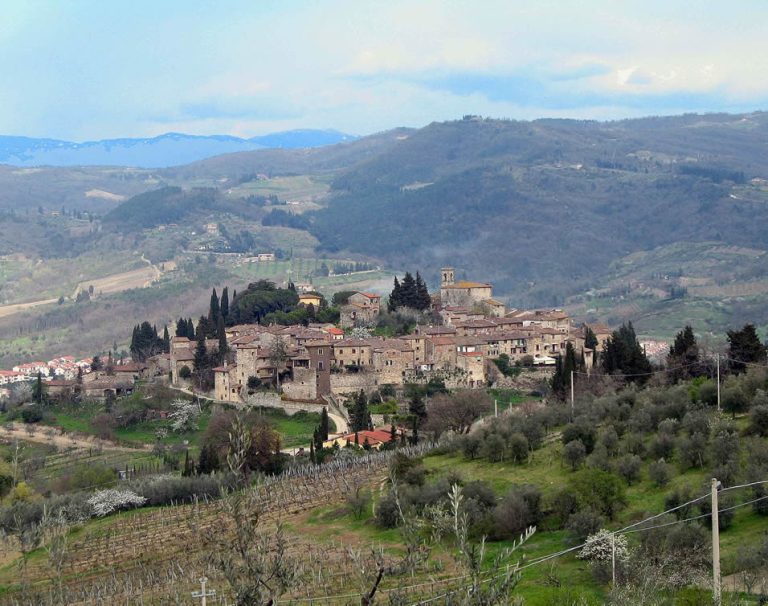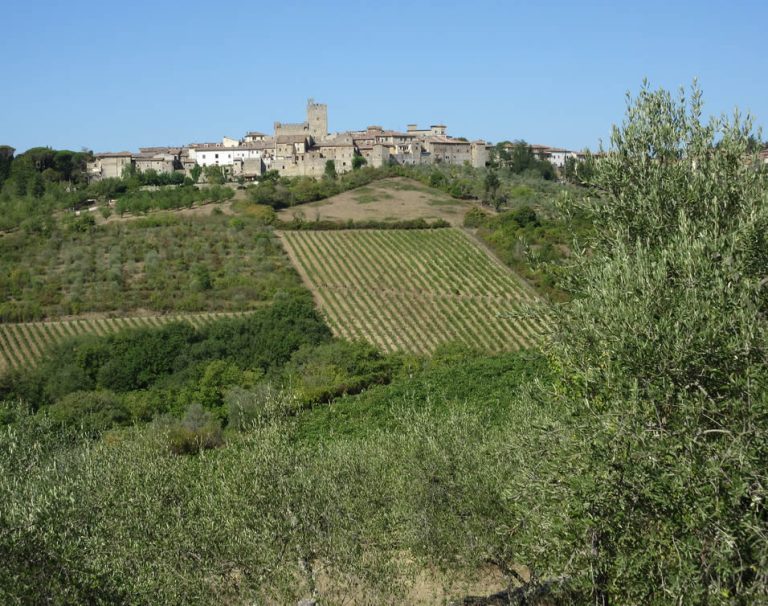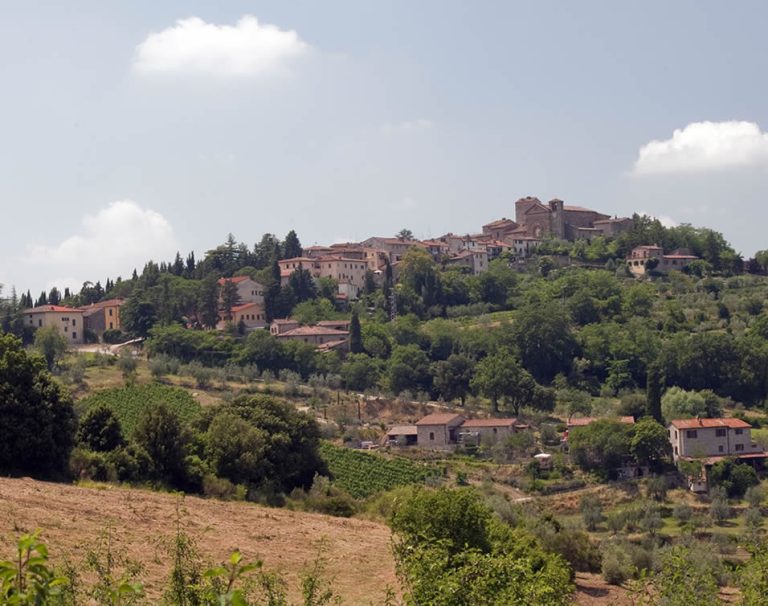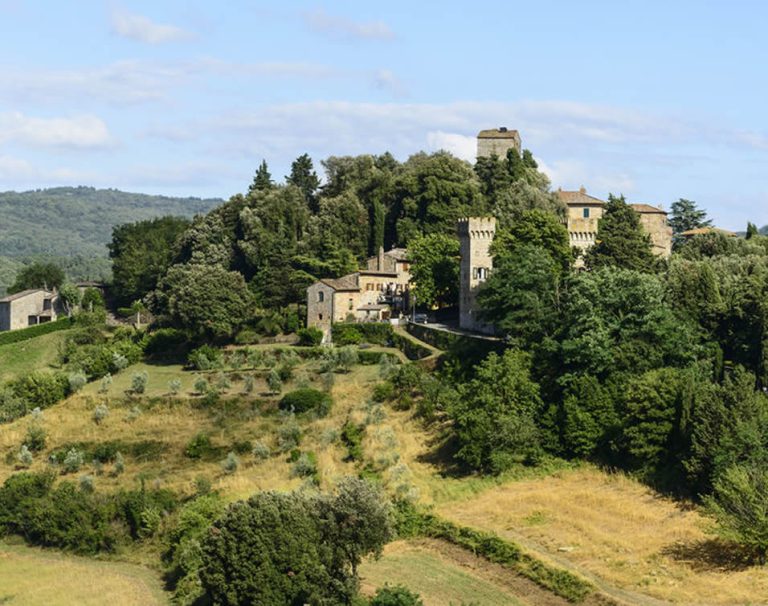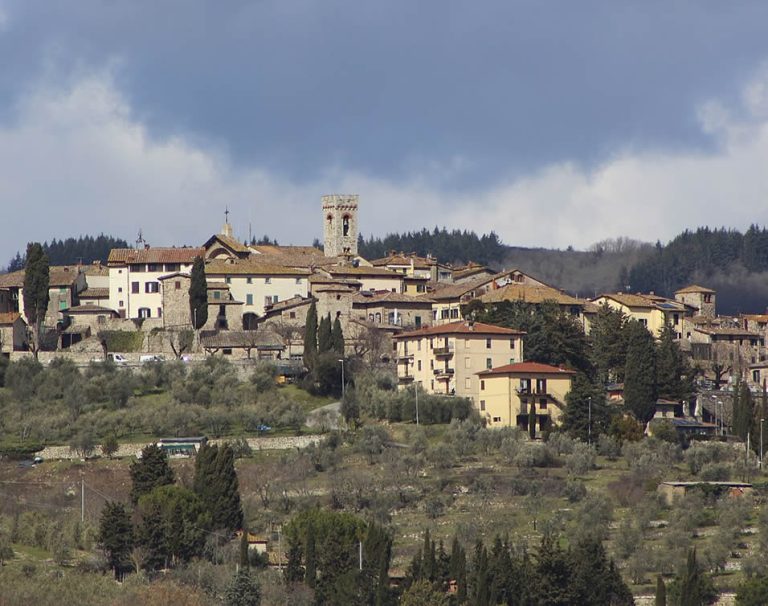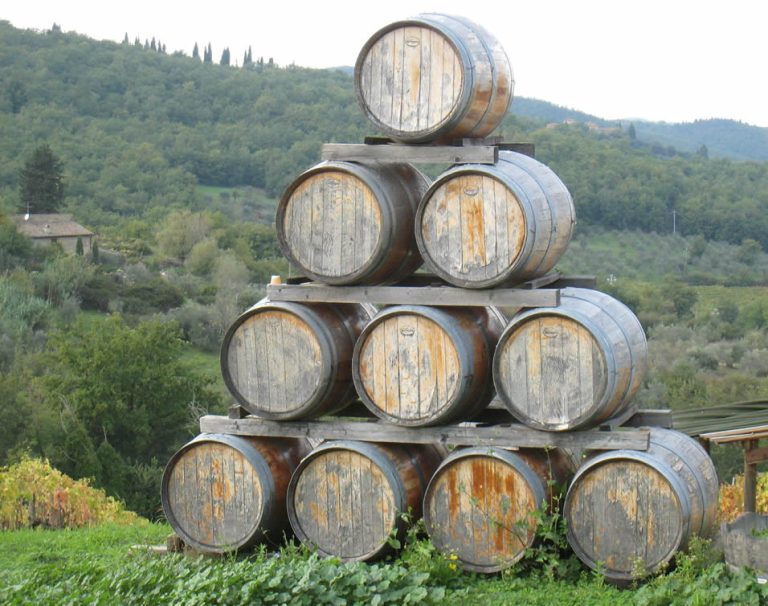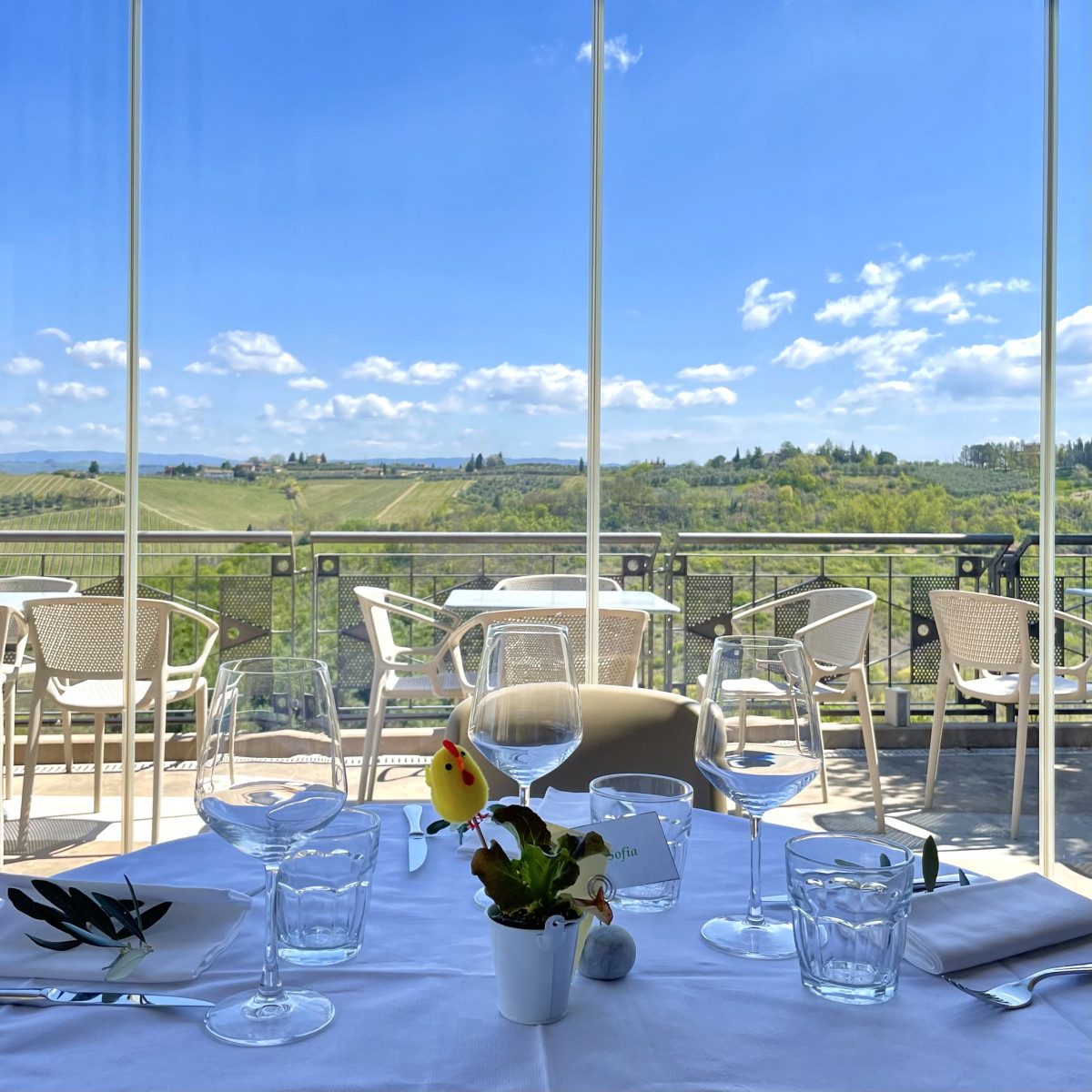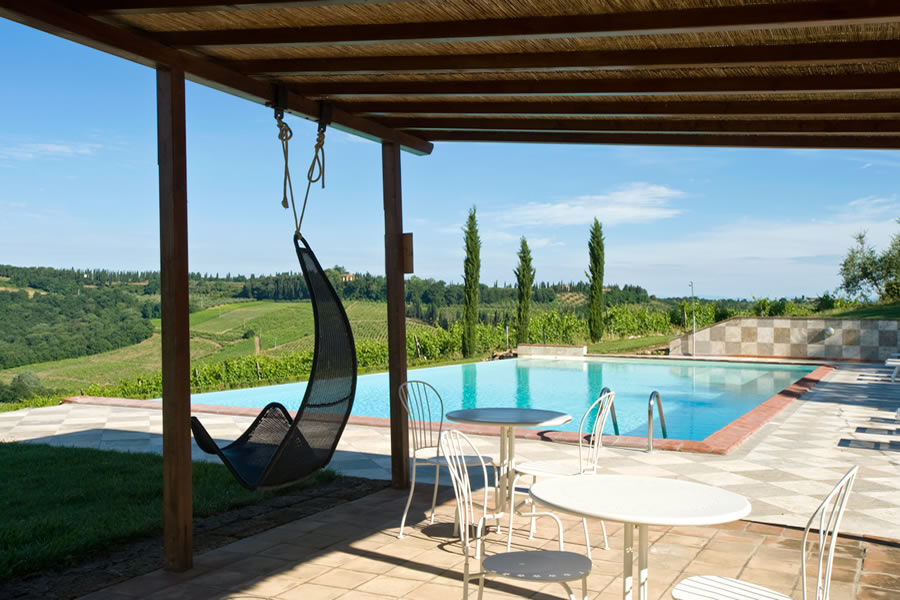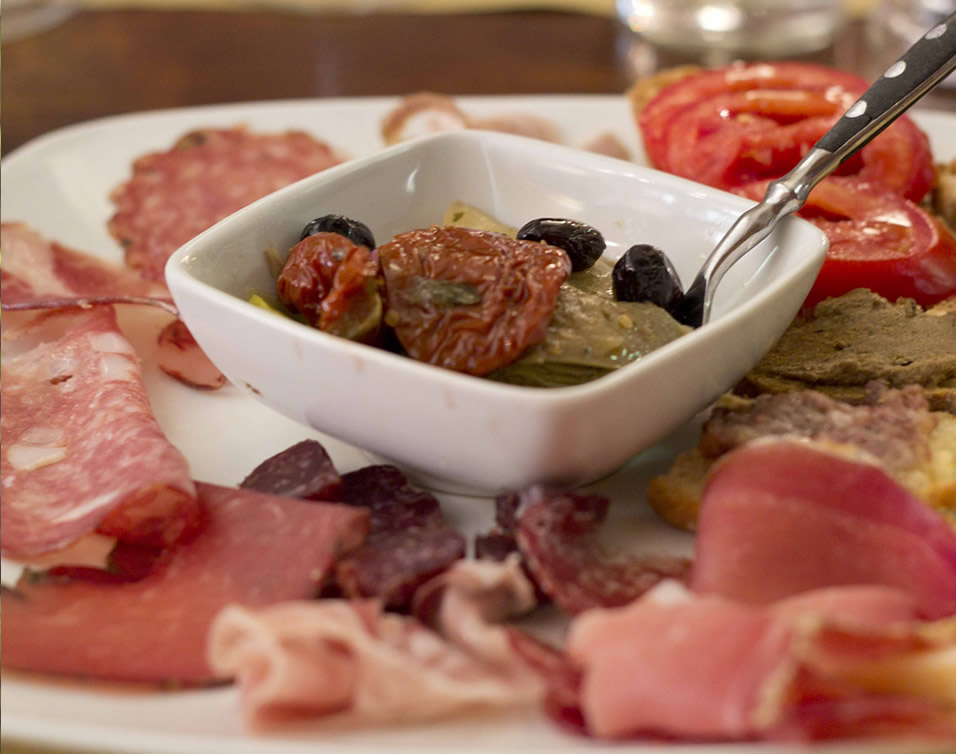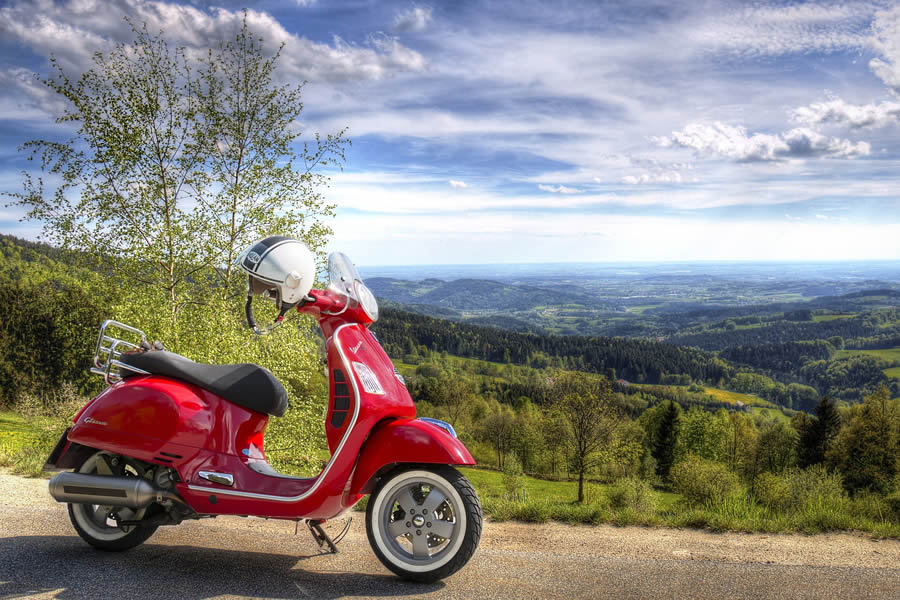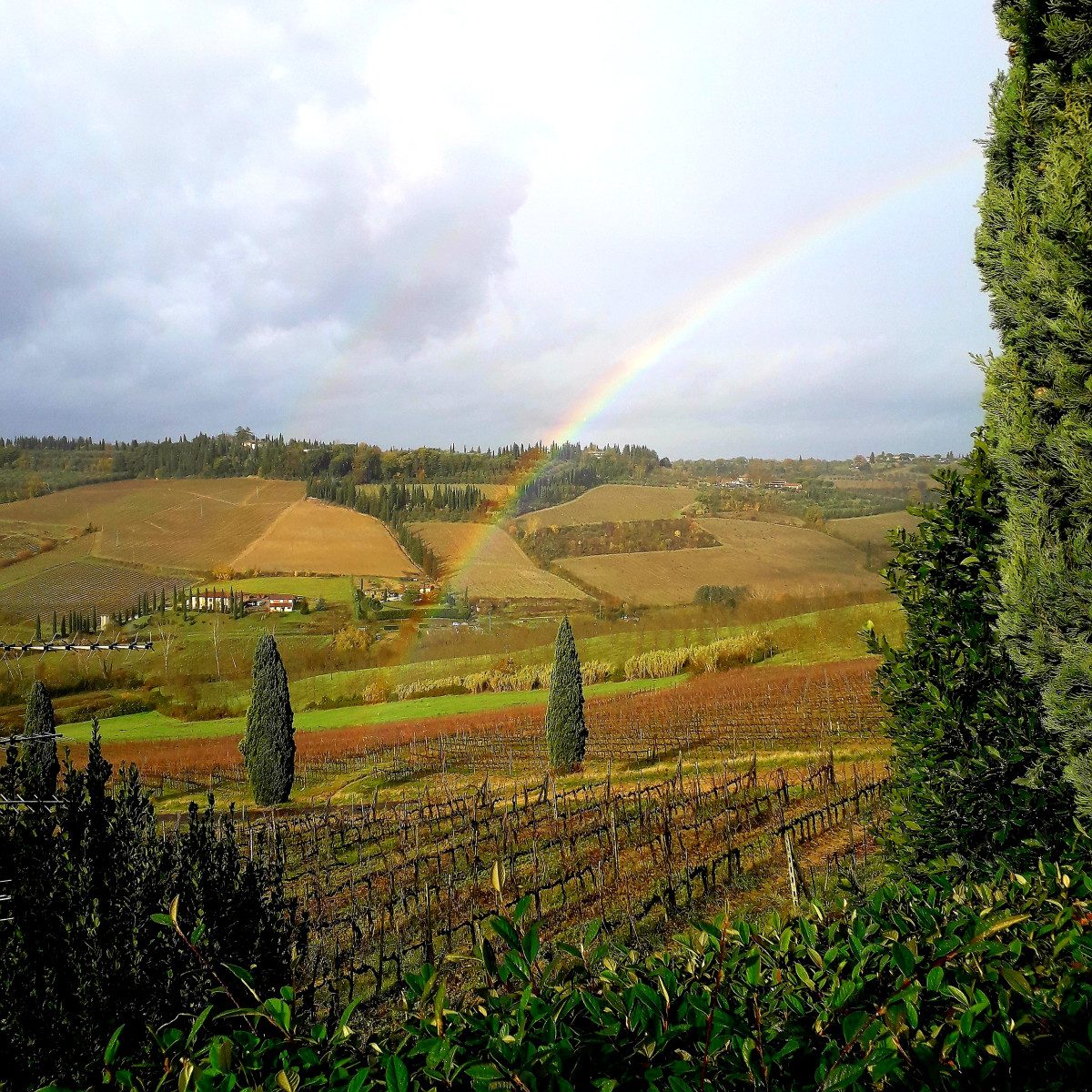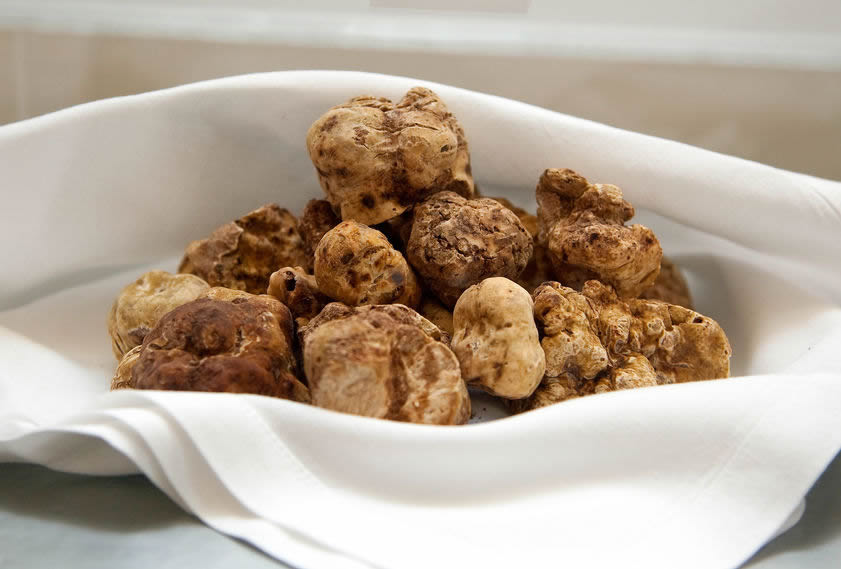The Lands of Chianti
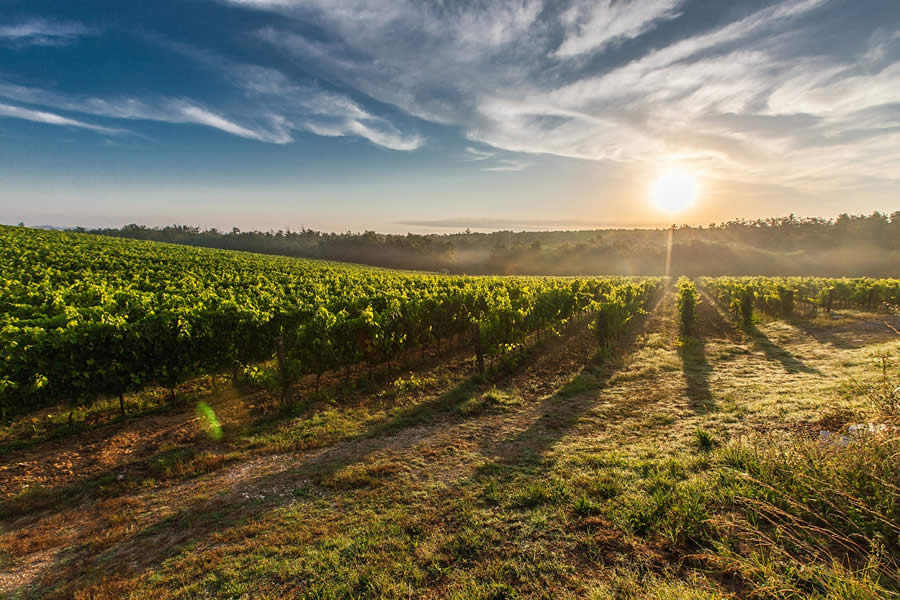
The Chianti area stretches for several kilometers in the center of Tuscany, and its main feature is definitely the hilly landscape full of vineyards that produce the world-famous Chianti wine. In this area, between the provinces of Florence and Siena there are many nice towns to visit: Radda in Chianti, Gaiole in Chianti, Castellina in Chianti, Greve in Chianti, Panzano in Chianti, Vertine … there is no shortage of wineries for wine tasting! In addition to the small villages, Chianti also offers the opportunity to visit the beautiful and numerous Tuscan castles, such as Brolio Castle, Meleto Castle, and Verrazzano Castle.
Poderi Arcangelo’s location , close to major public transportation, the main regional connecting roads and highways and, of course, the magnificent cities of Florence and Siena, make it a perfect base for staying in Chianti and then organizing excursions to other Tuscan destinations.
Those famous Chianti vineyards that have made their way around the world on photos and postcards are clearly visible from Poderi Arcangelo Agriturismo in San Gimignano, but you can’t say you’ve experienced a true Chianti experience until you breathe in that typical atmosphere of Chianti villages.
First and foremost is Greve in Chianti, a small town once embroiled in the centuries-old feud between Florence and Siena, which stands proud on its landscape profile as a universal landmark .
Greve’s history is strongly connected with the beautiful castle of Montefioralle, located above the town , the strategic location-at the crossroads of three important roads used by pilgrims, fostered its economic development.
By the beginning of the 16th century, the curiously shaped square had already been built and a large market for livestock and foodstuffs was held there every Saturday.”
That market is still organized to this day every Saturday-except for livestock, there are still plenty of stalls where you can find fresh fruits and vegetables, cheeses, olives, household items, flowers and clothing.
Matteotti Square therefore is the main landmark of Greve and, although it is not a real “square,” it is the focal point of the town. What makes this place special-aside from its strange shape-is the portico that outlines three of the sides of the square, which serves as a “frame” for the stores and craft workshops that attract the attention of tourists and locals alike for their quality and diversity in offerings.
The covered sidewalks on both sides are the perfect place to relax while sitting at one of the many restaurants, cafes and wine bars. Other stores and delicious restaurants are located along Via Roma and Via Garibaldi, at the top and bottom of the square.The beauty of Greve lies precisely in its compactness, in the fact that it can be visited completely on foot.
Another building located on the square is the Renaissance-style Town Hall; and the imposing statue of Giovanni da Verrazzano, the famous explorer who discovered New York’s Hudson Bay and was born just a few miles north of Greve.
On the opposite side of the square from the town hall is the Church of Santa Croce, with a neo-classical facade, built on the site of a medieval church, which houses various works of art from churches in the vicinity.
A short walk from the church is also the Museum of Sacred Art, located in what used to be the hospital of St. Francis, where it is possible to admire the original altar of the adjoining oratory, featuring a splendid group of colored terracotta sculptures and other important masterpieces.
Particularly interesting is the Pieve di San Cresci, hidden in the landscape surrounding Greve, and the Wine Museum, which in addition to a wide selection of wines for tasting, displays many of the machines and tools once used for wine production, as well as no less than 180 different corkscrews.
Montefioralle
This small fortified village from the early 1900s, where Amerigo Vespucci was born, is perched on a hill above Greve, about a kilometer from the main square.
You can drive all the way to the top of the hill, taking a road with many tight curves and just as many breathtaking views, or you can choose to reach it on foot-a somewhat uphill walk that offers incredible breathtaking views!
Castellina in Chianti
Beyond the spectacular road one travels to get to this corner of Paradise with its narrow stone streets and quaint old town, Castellina boasts a past rich in history and interesting events dating back to the Bronze Age, not to mention its active participation in oil and wine production.
Being located between the influential and powerful Renaissance city par excellence-Florence-and Siena, Castellina presents itself as the ideal place for those visiting Tuscany and wishing to explore the Chianti area and its wonders.
The awe of local architecture and the enchantment of nature and scenery complete this fairy-tale picture.
Anyone who ventures out to discover Castellina in Chianti of its events, the trails that wind through its hills and the activities it offers will find this place full of genuine Tuscan charm.
Panzano in Chianti: Panoramas, Wine and Lacerated Products between Florence and Siena
Historically, Panzano located practically in the middle of the territories placed under the influence of the two rivals in constant conflict-Siena and Florence-was destroyed several times passing under the control of first Florence, then Siena, and so on. What remains of the original medieval town center is now incorporated into the bell tower of the Panzano Alto church.
St. Mary’s Church : boasts a striking stone staircase and includes within its structure what was once the tower of the repeatedly destroyed castle. As you stroll through the quiet streets, you will immediately feel as if you have been catapulted into another era: if you follow the paved street that connects the two parts of the city, you will come across a succession of small stores and craft workshops with artwork and artifacts by local artists on display.
Panzano has two different points of access to the city and, consequently, two different directions to explore it: the first is more obvious coming from Florence or Greve in Chianti, because even though you see the historic part of the city, the most visible impact at first glance is the modern Gastone Bucciarelli square with the stores that, along with the restaurants, outline its narrow streets.
In the main square there is the typical atmosphere of a Tuscan village, full of inviting scents and aromas. If what you’re looking for for lunch is something particularly “hearty,” then head to Macelleria Cecchini, where 8 generations of butchers have been delighting – for years now – locals and tourists alike with their special meats and infectious friendliness.
The alternative entrance to the village of Panzano is from the free public parking lot, which gives direct access to the historic center, where the distinctive narrow streets and architecture typical of the medieval era are still clearly visible. A good part of the original walls is still evident, although the state they are in is not the best, but they still represent a walk worth taking, from which there are fantastic views of the surrounding countryside. The walls are also surrounded by excellent restaurants, where one can not only enjoy excellent menus of local specialties, but also admire the winding Chianti hills and the succession of vineyards from an almost unique perspective.
Near Panzano you will find the Romanesque parish church of San Leolino, believed to be the best example of Romanesque architecture in Chianti, and although it has been renovated several times, the interior is very interesting to visit.
Radda in Chianti
Radda in Chianti is a spectacular medieval village enclosed by massive defensive walls, situated on top of the hill that divides the Arbia and Pesa valleys. Its typically medieval appearance, characterized by narrow streets and classic tower buildings of the period, is complemented by the traditional Tuscan charm of local stone facades.
Not surprisingly, Radda was once the capital of the Chianti region: its strategic location, in fact, served as a coordinating point between the nearby towns of Gaiole and Castellina. The breathtaking views, the typical atmosphere of a small Tuscan village, the calendar always full of cultural and folkloric events and the natural flavors of this land make Radda one of those destinations you should definitely include in your itinerary to discover Chianti.
Gaiole in Chianti
The town of Gaiole in Chianti is another important center in the Chianti Classico area, where some of the most popular sights are undoubtedly the wineries, places of sublime tastings of typical products, oil and wine. But that’s not all: in addition to its Chianti Classico wine, Gaiole is surrounded by a stunning landscape of ancient castles and Romanesque churches.
Located east of Radda, Gaiole offers a preview of what were the battles for local power that dominated these lands for more than a hundred years: from the Medici family to the Ricasoli family, from the Guelphs to the Ghibellines and the constant wars for territorial supremacy between Florence and Siena. It was these continuing conflicts that stimulated the creation of the fortified villages and castles with their numerous watchtowers that we can all visit in the surrounding area today.
But out of all this chaos, Gaiole’s winemaking tradition was born, leading to the production of the famous Chianti Classico. Gaiole boasts, in fact, of the largest winery in the Chianti Classico area: the Castello di Brolio where Baron Bettino Ricasoli invented the Chianti formula in 1872.
Excellent wines that vary according to soil composition, sun intensity and rainfall. We recommend a tour of the Chianti wineries, a sensory and tasting journey among the wine varieties of this beautiful region, discovering exquisite wines that tell, through aromas, flavors and scents, the story of this land. Wines that strictly follow the precepts of Chianti Classico and the regulations of San Giovese grape varieties.



